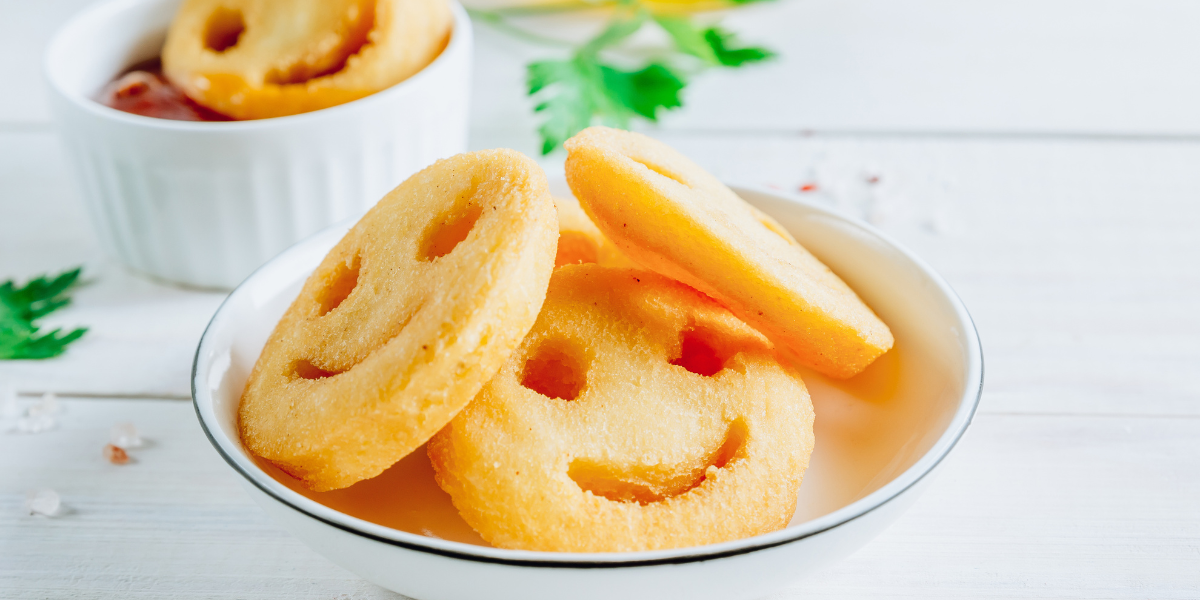It’s no surprise that the cost-of-living crisis continues to change the way we behave. From swapping beloved brands for private label alternatives to adopting stricter energy-saving techniques, consumers remain focused on value in response to economic uncertainty. So how is this shift affecting our eating habits? What are the factors changing the way we cook, shop and dine out?

Comfort food for difficult times
We all have our own comfort food classics: those family–favourite recipes that trigger fond childhood memories of the people, places and moments we cherish. They’re easy to eat (so, often loaded with carbs), and stir up feelings of warmth and contentment.
Nostalgic nosh has never really fallen out of fashion. But amid the cost-of-living crisis, people are increasingly turning to old favourites that don’t empty the pantry, or the bank as 53% of consumers say they want to save more money on food. Brands and businesses can take advantage of this trend, and stay ahead of the curve, by refreshing the memorable – and sometimes mediocre – meals of the past with exciting ingredient twists.
How does childhood influence food?
In 2018, Kim Kardashian tweeted “Obsessed with Dunkaroos” to millions of followers. The original Dunkaroos hit the US market in 1988, before gaining popularity in the 1990s and early 2000s. In 2012, the frosting and cookie snack was discontinued. But that didn’t stop it being talked about. In 2020, the much-loved product made a return to the market as a sell-out within hours.
And it turns out there’s a reason why we can’t seem to give up our faithful favourites. French novelist Marcel Proust was the first to identify this phenomenon, now called the Proust effect. He wrote that his brain became flooded with involuntary memories of the past after he dipped his madeleine biscuits (a childhood favourite) into his tea.

What's appealing to the comfort-craving consumer?
If food has the power to transport us back in time, it’s no surprise that we choose to hark back to eras that seemed simpler and slower.
Restaurants are capitalising on the demand for retro desserts to create high-end versions of classic school dinner puddings. The Palmerston in Edinburgh, and London’s Nessa, which opened in March 2023, serve classic roly-polies and custard, with a modern twist.
Norman’s Café, which opened in Archway in 2020, offers diners a modern interpretation of old-school English ‘caff’. Gingham tablecloths, chocolate concrete cake with custard – it seems like a typical greasy spoon. But at its eight-week pop-up with the One Hundred Shoreditch Hotel, it served up a playful take on nostalgic dishes – from tempura-fried nuggets with chilli sauce to whipped cod’s roe and Frazzles.
Comeback marketing campaigns
The nostalgia trend isn’t just about taste, but visual cues and experiences that evoke our favourite memories. Brands that resonate are creating comforting dining concepts that connect on a personal level, considering theme, music, décor and menu design.
The Blockbuster Bar, a pop-up in Los Angeles, which styled itself around the famous 90s DVD rental store, is a great example of a concept taking diners back to the food future. Guests can snack on grown-up ‘Lunchables’ and Dunkaroo ice cream sundaes before checking out with their own ‘membership card’.
The opportunity
This is a trend that’s all about emotion: a longing for the good old days, for indulgent, familiar flavour rooted in comfort. But consumers are still searching for novelty and playfulness – for Instagram-worthy concepts. Brands should cater to nostalgia-seekers with a balanced blend of the familiar and the contemporary, appealing to present-day tastes and palates without sacrificing nutrition and sustainability.
This article is an extract of our EAT insight report for 2023-2024, click here for access to the full report.